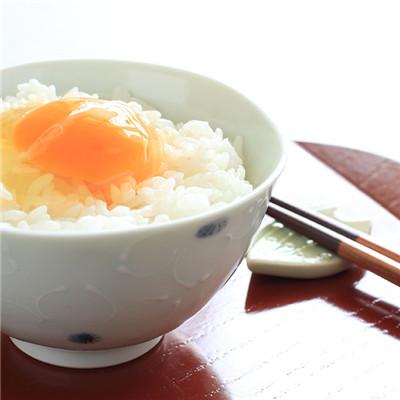What symptom does hypertrophic osteoarthropathy have?
summary
Hypertrophic osteoarthropathy is a kind of disease caused by the thickening of soft tissue, which not only affects the health of the body, but also changes in the appearance and affects the normal life of patients. Therefore, the treatment of hypertrophic osteoarthropathy is very important. In daily life, active prevention should be carried out to effectively reduce the occurrence of the disease. What symptom does hypertrophic osteoarthropathy have? Let's talk about it
What symptom does hypertrophic osteoarthropathy have?
Clubbing finger is one of the most prominent clinical manifestations. The finger (toe) end is spherical. The angle of 160 degrees around the nail is reduced. The thickness of the finger at the base of nail bed is greater than that of the distal interphalangeal joint. The circumference of the base of nail bed is greater than that of the distal interphalangeal joint. Due to hyperplasia and edema of soft tissue in nail bed, fingernail palpation has a kind of "swing motion". In the late stage, the skin thickens, the nails become curved, cyanosis and drumstick like deformity. In some patients, the hands and feet became thicker and thicker, and the length did not increase, but showed shovel shape or animal palm shape.
Skin manifestations are mainly skin thickening and glandular hypertrophy. Progressive skin thickening is characterized by progressive thickening of facial skin and scalp and gradual formation of wrinkles. Skin gland hypertrophy includes fat gland hypertrophy and sweat gland hypertrophy, mainly manifested as seborrhea, acne and hyperhidrosis.
Periosteal hyperplasia was the main bone lesion. 20% - 40% of the patients had joint pain, swelling and joint effusion. The knee, ankle and wrist joint were involved more often, and elbow, metacarpophalangeal joint and metatarsophalangeal joint were also involved. The pain was mainly at night, with mild pain and even severe pain. Signs include local joint redness, fever, tenderness and swelling, joint effusion and limited movement, as well as painless joint effusion.
matters needing attention
In daily life, we should develop good living habits, pay attention to diet nutrition and health, in order to eliminate or reduce the risk factors of hypertrophic osteoarthritis. Pay attention to the combination of work and rest, appropriate physical exercise, enhance their own resistance, usually pay attention to emotional stability, maintain a good attitude. Once found the early symptoms of the disease, timely to the regular hospital for examination, and actively cooperate with the treatment, or there will be better curative effect.








